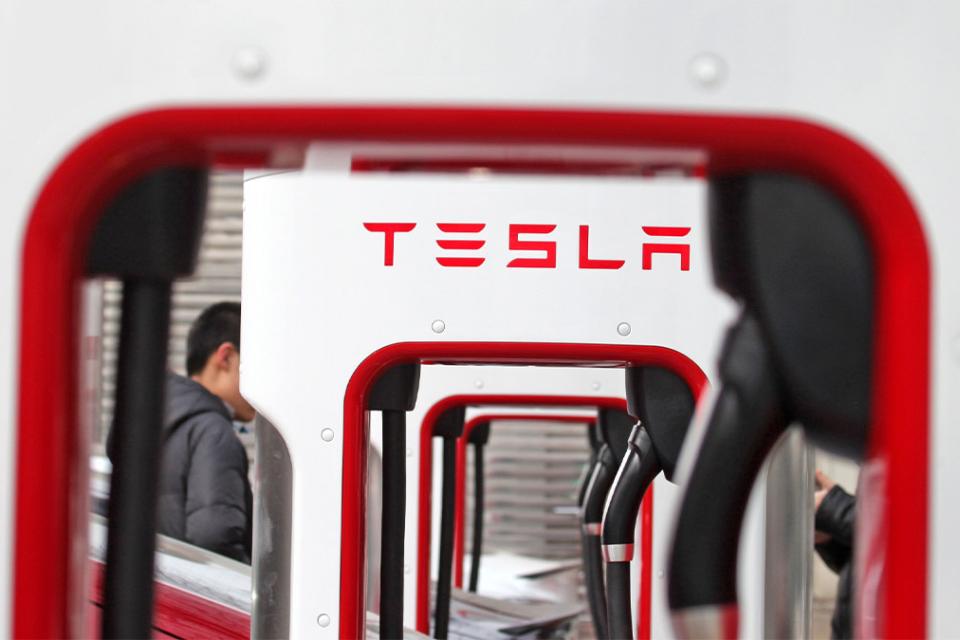Growth Dynamics in the Consumer Market for Battery Electric Vehicles
Exposure to electric vehicle technology at home and work can fuel market growth

The market for plug-in electric vehicles (PEVs)—which includes battery electric vehicles (BEVs) and plug-in hybrid electric vehicles (PHEVs)—has seen substantial growth in recent years, particularly in California.
However, market growth will need to accelerate significantly to reach policy targets all around the world, and even in California with its target of 5 million zero-emission vehicles by 2030.
On one hand, there are positive signs that the market for BEVs appears to be rapidly approaching a tipping point: Major manufacturers are now claiming to be “all in” and have announced plans to shift their offerings to BEVs in the not-too-distant future.
On the other hand, there is still much anxiety and uncertainty about how consumers will respond when faced with these choices. Auto-makers have not been silent about the need for even more support from policymakers to encourage PEV adoption. To date, these have included monetary incentives (including direct subsidies and tax credits), investments in charging infrastructure, and even incentives like access to parking and High-Occupancy Vehicle (HOV) lanes.
Deciding how to design the most effective policies and programs requires an improved understanding of how they will affect technology diffusion and the adoption processes of consumers.
Policy analyses have tended to focus on objective considerations such as lowering the effective purchase price (through subsidies) or addressing ‘range anxiety’ by building more charging stations. However, research on technology diffusion indicates that new technologies must somehow be ‘legitimized’ in the minds of mass-market consumers through a contagion process of direct exposure to others, e.g., peers who are early adopters. This process has not been well-studied for the PEV market.
Got PEV?
I recently received funding from the National Center for Sustainable Transportation (NCST) to study this problem. My co-authors and I examined highly detailed data on the adoption of PEVs in California between 2014 and 2016, both spatially and temporally, to gain a better understanding of the technology diffusion process among California consumers.
We developed behavioral models to capture the effect of a wide range of sociodemographic factors, including the effect of PEV incentive programs and the introduction of charging infrastructure. The models also identified additional dynamic factors affecting PEV market growth related to direct exposure of PEVs from early adopters.
Of particular interest are the effects of various types of exposure to PEVs, which are key factors in the dynamic growth of consumer markets. The behavioral models yield estimates of the effect of exposure to PEVs at both the residential location (a neighborhood effect) and at the workplace (a so-called peer effect).

For example, an additional BEV or PHEV located within a 1-mile radius of a census block group (the ‘neighborhood’) is associated with a 0.2% increase in BEV sales to consumers living in that block group. In a similar fashion, exposure to an additional PHEV in a neighborhood yields a 0.5% increase PHEV sales.
However, interestingly, the neighborhood effect of BEVs on new PHEV sales is negative, suggesting that enhanced exposure to this type of technology (BEVs, which are very different from PHEVs in distinctive ways) may reduce new PHEV sales through a substitution effect. Specifically, higher BEV concentrations in an area can have an overall negative effect on new PHEV sales by diverting sales away from PHEVs to BEVs.
The exposure effects identified in the study are even more pronounced when they occur at the workplace. Specifically, an additional PEV at ‘commute destinations’ of consumers living in a particular neighborhood yields an 18% increase in BEV sales and an 8.5% increase in PHEV sales in that consumer group. This is a new and interesting finding that has direct implications for policies and programs to promote PEVs.
Policy Implications
Plug-in electric vehicle market dynamics are influenced by a combination of sociodemographic, policy, and built-environment factors along with exposure to these new technologies at both home and work locations.
Our findings suggest ways that policymakers should consider targeted programs and investments to boost the impact of technology exposure on PEV sales. Such efforts could include policies or infrastructure support that encourage commuters to drive their PEVs to work and putting more workplace chargers in high-visibility areas to generate exposure.
When paired with incentive programs and availability of adequate charging, technology exposure serves to further accelerate market growth in lower-income areas that have seen slow PEV adoption to date.


